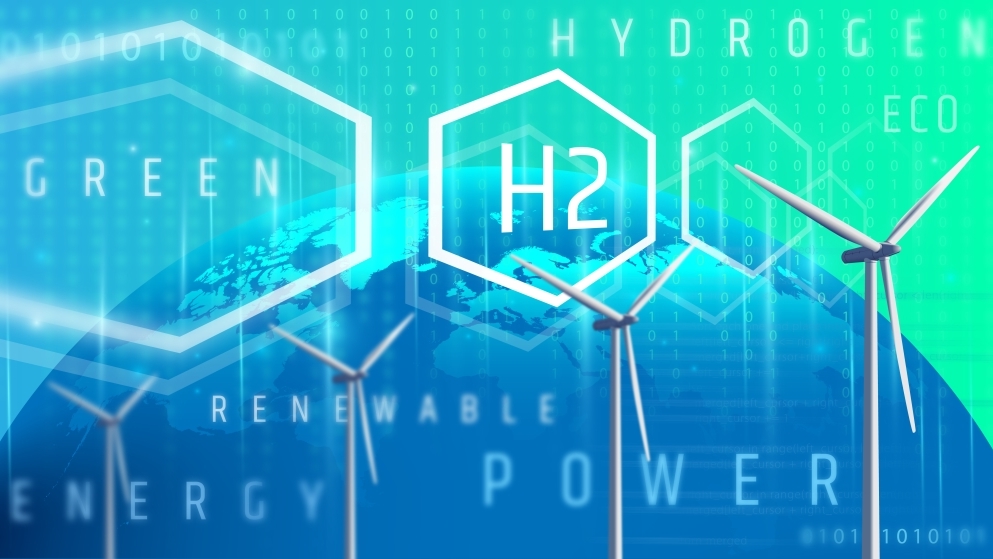Sep 1, 2022 2:23:27 PM
Michael Salt

While grid-connected electrolysis projects can ensure high capacity-factor, efficient utilisation of hydrogen production, they should generally not be labelled as 'Green Hydrogen'.
There is a confusing spectrum of colours of Hydrogen, including:
As confusing as these classifications may be to the layperson, those in the industry have these classifications etched into their memory. Projects claiming to produce Green Hydrogen (i.e. zero-emissions electrolysis from renewables), can only be legitimately produced in a handful of ways:
To get around the low capacity-factors, some projects claiming to produce Green Hydrogen plan to utilise grid connected electricity and buy carbon credits. This makes sense from a commercial efficiency perspective; as the industry goal is to maximise the electrolyser capacity to get the price of H2 to its lowest cost / price.
However, buyers should be aware of what they are buying. Electricity purchased from the grid is blended renewable and non-renewable generation. And, many types of credits purchased will not likely incentivise any new RE generation (a concept known as additionality), so should hardly be considered Green.
Sellers should be aware that climate-concerned buyers will likely be able to understand the provenance of hydrogen. And, will discern to purchase hydrogen from projects that are able to demonstrate they legitimately produce zero-emissions hydrogen.
As a final thought to ponder in our energy, and capital constrained world. My favourite energy-finance analyst, the proverbial Green Chicken (aka: Doomberg) recently, commented "even though nuclear is totally carbon-free and ideally suited to run electrolyzers around the clock, hydrogen produced using nuclear power must never be called “green.” Instead, it is labelled “pink” hydrogen." This will raise war-cries in environmental circles, given the history of the technology and security and safety concerns over nuclear. However, nuclears role in the future energy mix is something that needs to be considered.
Written by: Michael Salt, Energy and Economics Consultant. Email him at ms101consulting@gmail.com
***
The Impact X Summit Sydney 2022, happening in Sydney on 9-11 November 2022, brings together industry leaders, climate tech innovators, and government and business decision makers who share a common passion: to tackle this generation’s greatest challenge – climate change.
Register now to be part of Australia's global climate summit: https://events.humanitix.com/impact-x-summit-sydney-2022